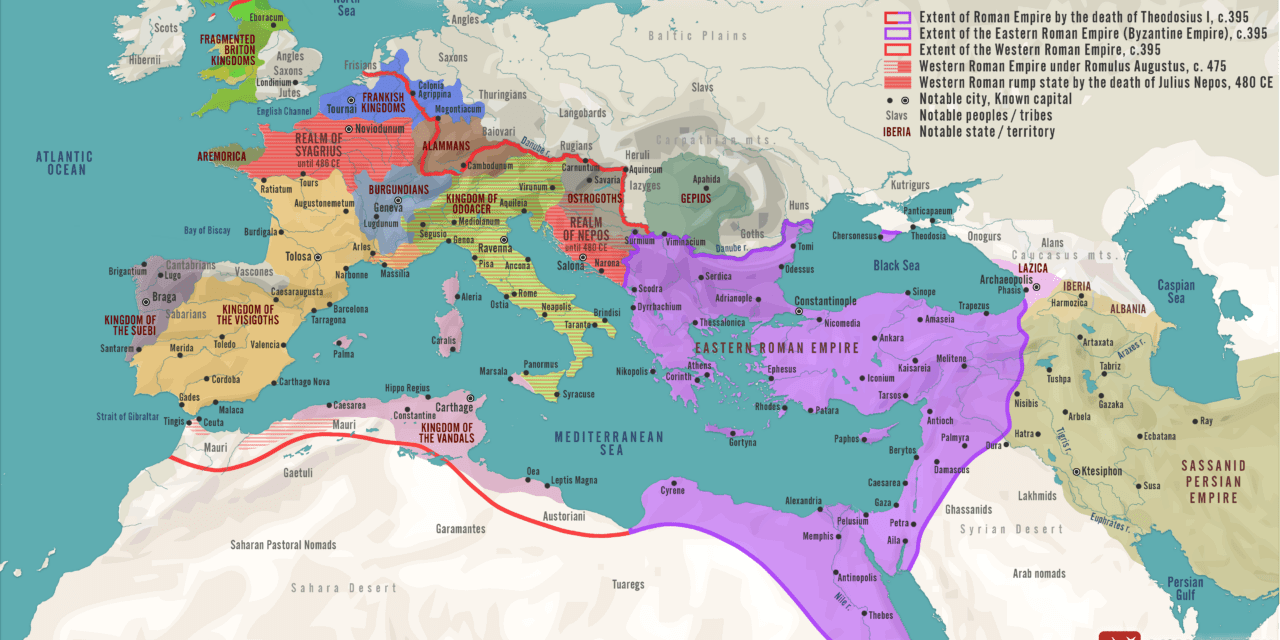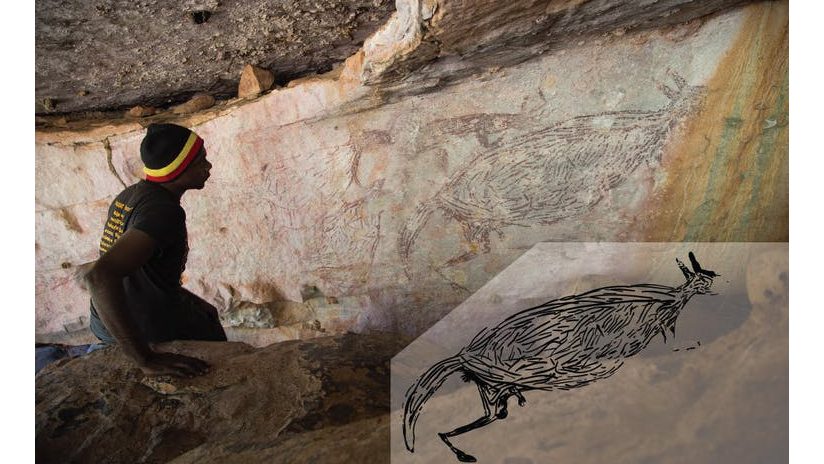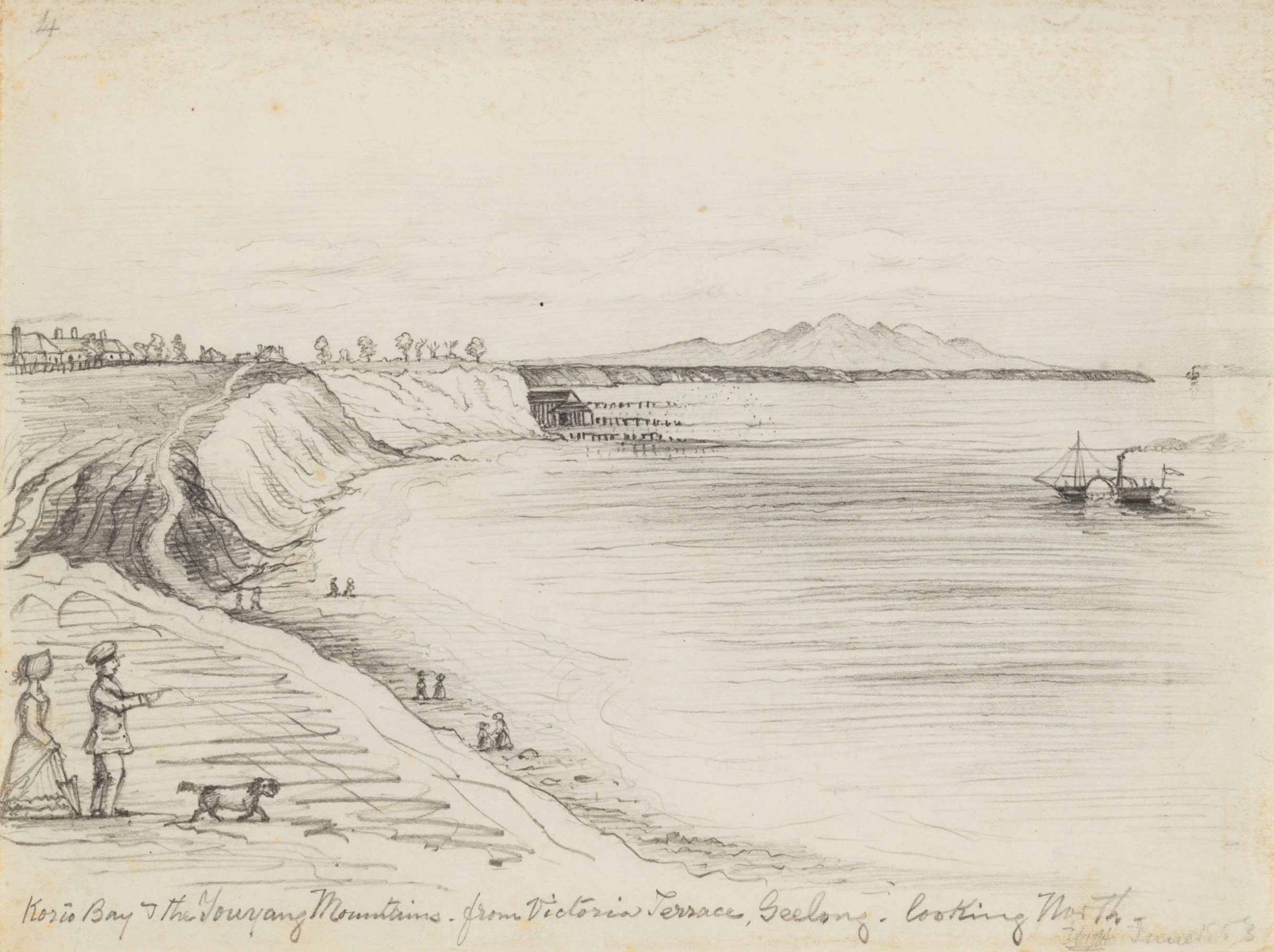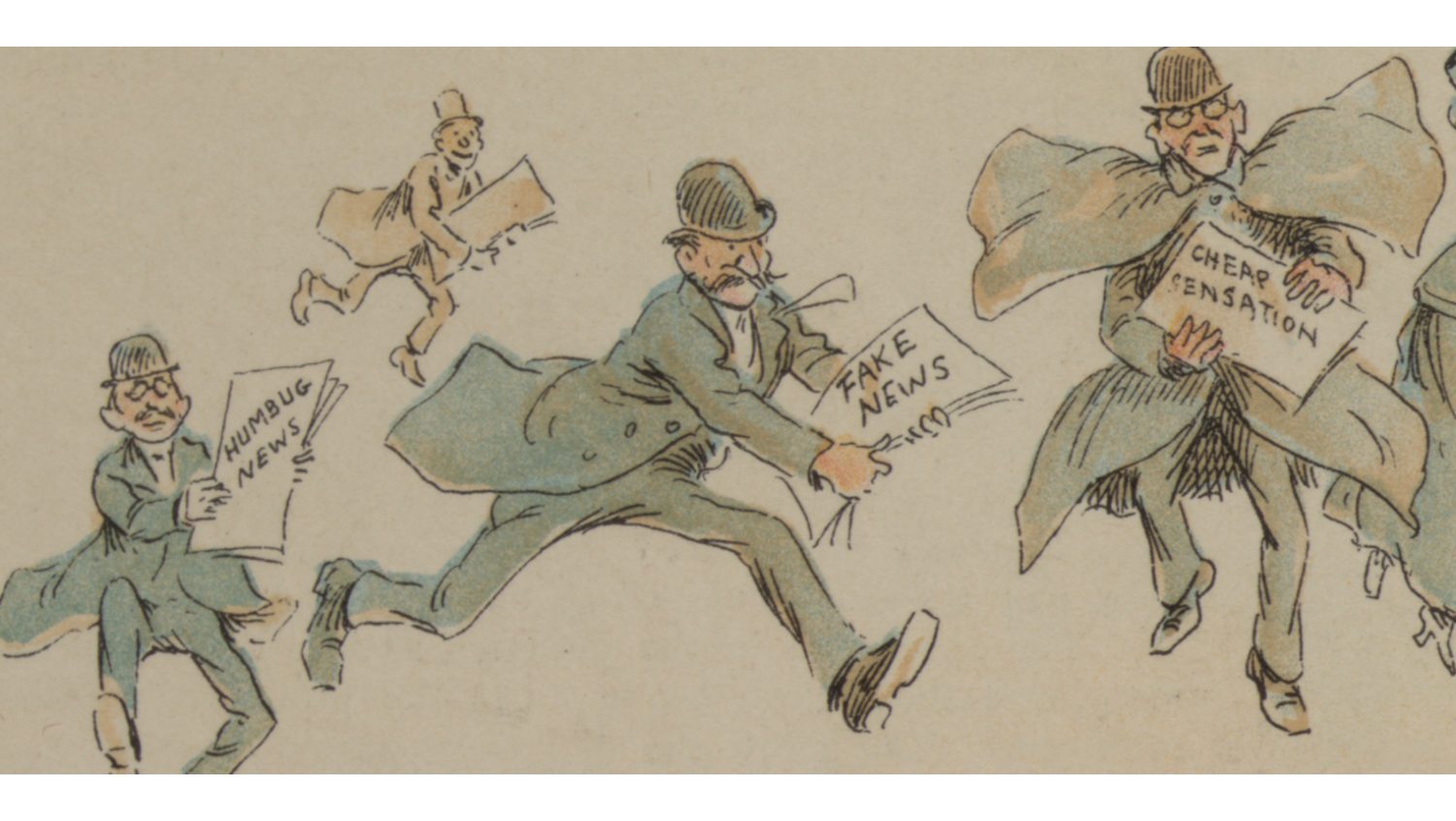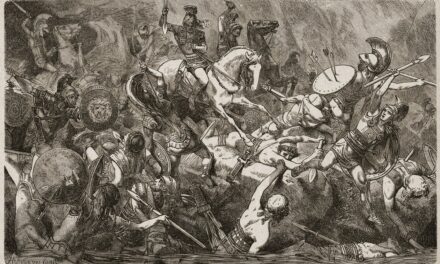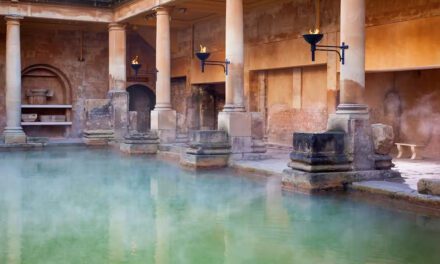Reading time: 10 minutes
The Roman Empire continues to fascinate the world and dominate many cultural aspects of modern Western life. From language to law, the Romans left quite the legacy.
But one thing they didn’t leave was a clear successor to the Roman Empire.
If the Roman Empire still existed today, how could we determine who its ruler should be?
By Mark McKenzie
Rules of the Game
There are several different factors through which we can determine who today could realistically lay claim to the title of Roman Emperor.
The main factors are lineage/bloodline (including marriages), legal claims, control of territory within the borders of the Ancient Roman Empire, and the right of conquest.
However, one of the most important factor to consider is which side of the Empire we take to be more legitimate.
The Western Roman Empire fell in 476 CE, with the last “legitimate” Western Roman Emperor being deposed by Germanic conqueror Odoacer, while the Eastern Roman Empire survived for another 1000 years as the Byzantine Empire.
Let’s begin with the West.
Two Claimants: the Descendants of Charlemagne as Modern Roman Emperor

While the Western Roman Empire did indeed fall in 476 CE, a large section of its former territory covering modern-day France, Germany, and northern Italy was claimed by Frankish King Charlemagne several centuries later.
After conquering these territories, Charlemagne was crowned “the Emperor of the Romans” by pope Leo III in the year 800 CE, a coronation that directly contradicted the claim of sitting Empress Irene of the Byzantine Empire.
Although some controversy surrounds the coronation – the Pope had previously fled Rome the previous year after having been attacked by Roman citizens, only to be ushered back to the city upon Charlemagne’s conquest.
It is even suggested that Charlemagne initially had no intention of being crowned Emperor, and that it was a plan by the Papacy to “surprise” coronate him in order to secure their own political legitimacy.
Controversial or not, Charlemagne was a Western European, crowned by the Pope in Rome, who conquered and governed a large swathe of the former Western Roman Empire’s territory.
So, if Charlemagne’s dubious coronation is viewed as legitimate, who are his modern descendants who can lay claim through him to the title of Roman Emperor?
The Habsburg Line of Succession
The territory claimed by Charlemagne would swiftly become the Holy Roman Empire (HRE), which lasted from around the Middle Ages following Charlemagne’s death all the way up to 1806.
With the title of “Holy Roman Emperor” typically being an elected position, the infamous Hapsburg dynasty ruled the HRE for a substantial period of time.
The family held the title of Holy Roman Emperor between 1438 and 1740 and crucially from 1745 to the end of the HRE in 1806, meaning the last rightful heirs to the title of “Roman Empire” via the Charlemagne line is lawfully the Habsburgs.
Enter: Archduke Karl Thomas Von Habsburg of Austria.

The undisputed head of the surviving house of Habsburg in Austria, Karl Von Habsburg, has a legitimate claim to the title entirely through the direct line of Charlemagne.
This is strengthened further by the role of the Habsburg family in ruling much of Europe throughout the 1500s via various Habsburg monarchs across Spain, Portugal and Central Europe, all territory that was previously found within the borders of the Ancient Roman Empire.
Direct lineage on the Western half of the Empire, a slight argument from the perspective of territory (though Karl von Habsburg is not the current ruler of any country), Karl von Habsburg makes a strong claim to be the modern Roman Emperor.
But if the Holy Roman Empire fell in 1806, shouldn’t the conqueror be able to claim the title?
The French Line of Succession
When Charlemagne – a Frank hailing from France, walked into Rome, he was crowned Emperor by the sitting Pope. Similarly, when Napoléon Bonaparte, the Emperor of the French defeated the HRE, Napoléon crowned himself Roman Emperor in front of the Pope.
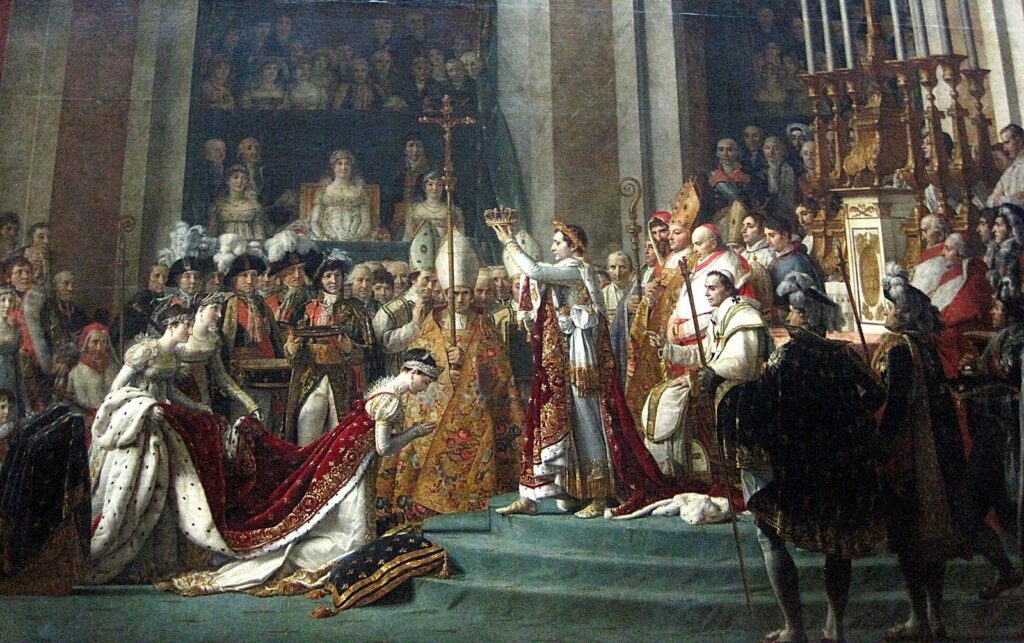
From a perspective of conquest for the crown – something that Charlemagne’s claim largely relies on, Napoléon makes an excellent claim to be the last Roman Emperor.
It certainly also helps that he ruled over territory overlapping with the Ancient Roman Empire, and largely modelled himself on Rome, adopting the Roman Eagle as a symbol and likening himself to Caesar, the first Roman Emperor.
If the Napoléon line, not the Habsburgs, is the true successor to the Roman Empire, then the current (disputed) head of the Napoléon house, Jean-Christophe Napoléon, would be our modern Roman Emperor.
With no direct descents from Napoléon Bonaparte himself, Jean-Christophe’s claim runs through the line of his brother Jérôme, King of Westphalia, with Jean-Christophe’s being the great-great-great nephew of Napoleon Bonaparte.
Despite not currently being a ruler of any country or territory, Jean-Christophe has an impressive lineage and respectable claim to the crown, based on the very same principle of territory and conquest that put Charlemagne as disputed Roman Emperor.
Three Claimants: the Lineage of the Eastern Roman Empire
While the Western Roman Empire fell in 496 CE, the East survived for roughly 1000 years more, presenting what would seem to be a much stronger, more convincing line of stable lineage of actual Roman Emperors.
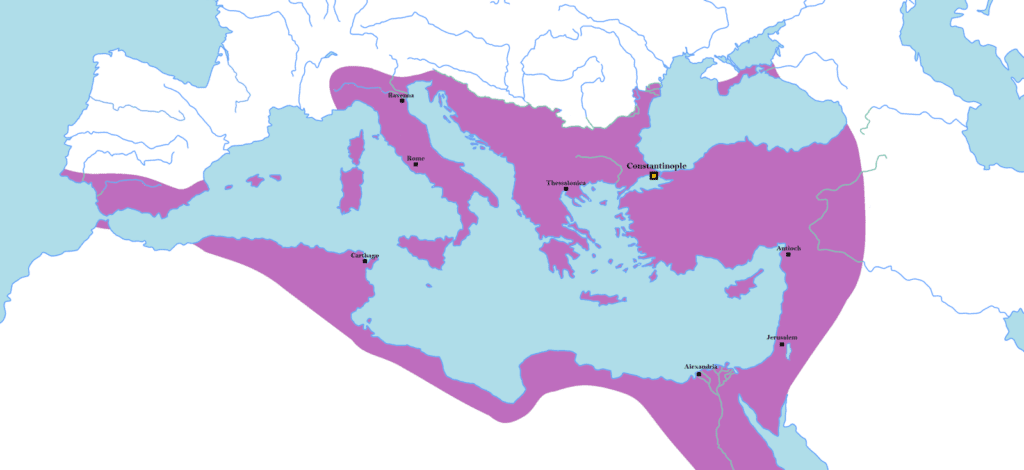
The capital was moved to Byzantium (now Istanbul), and though the population predominantly spoke Greek instead of Latin, much of Roman law and cultural tradition survived until the Eastern Empire’s collapse.
The separation point for our three possible lines of succession comes at the fall of Constantinople at the hands of the Ottomans in 1453.
The Ottoman Line of Succession
Starting with the conquerors, upon taking the capital of the Eastern Roman Empire in 1453, Ottoman Sultan Mehmed II had himself crowned “Roman Caesar”, defeating the last remnant of the once great Roman Empire.
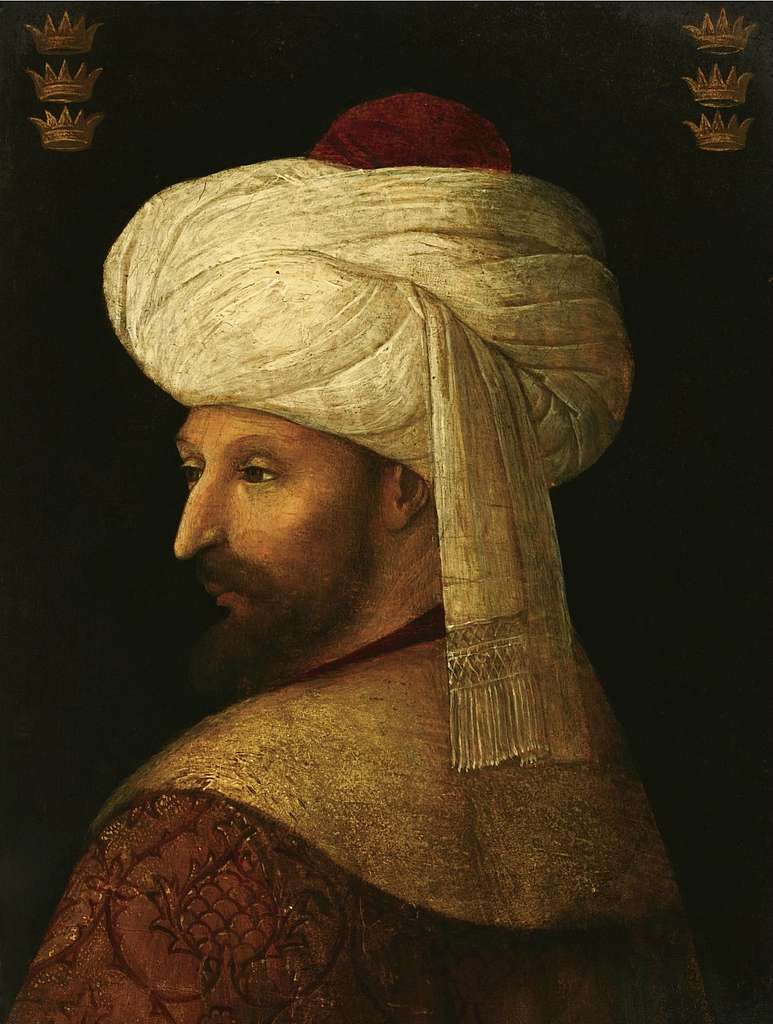
The Ottomans continued to rule for over half a millenia until their defeat in WW1, however, their Imperial line continues today.
As the current head of the House of Osman, Harun Osman traces his ancestry back to Sultan Mehmed V, a prominent ruler of the Ottoman Empire.
If the Ottomans are taken to be the next successors to the Eastern Roman Empire by right of conquest, then logically Harun Osman emerges as the modern inheritor of the title “Roman Emperor”.
Of course, aside from Mehmed’s brief claim to be a “Roman Caesar”, there were never any real claims to the title of Roman Emperor, nor did the Roman Empire’s cultural, legal or institutional systems continue via the Ottomans, it was replaced by a new system.
The Russian Line of Succession
Upon the death of the last Byzantine Emperor and successor to Rome, there were no direct descendants remaining. There were, however, plenty of other family members.
In 1472 the niece of the last Byzantine Emperor Sophia Palaiologina married Russia’s leader Ivan the Great, and immediately began influencing the court in Moscow with Roman and Byzantine traditions.
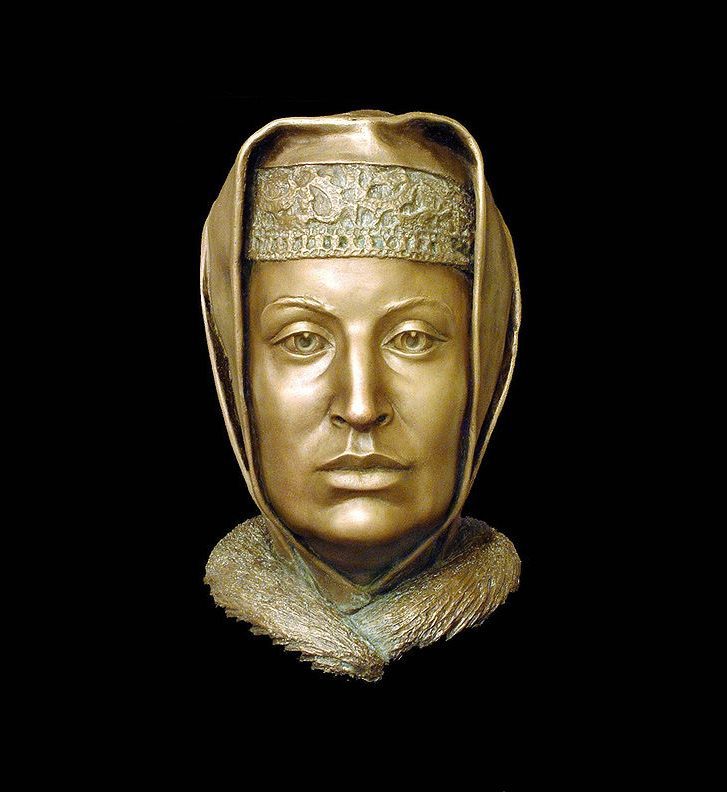
If blood lineage is a priority, then the modern descendants of Ivan the Great and Sophia Palaiologina would be the modern successors to the Roman Empire.
This is where the current head of House Romanov, the surviving Royal Family of the Russian Tsars, comes into the picture: Prince Alexis Romanoff.
Despite currently living a fairly normal life in the USA, Alexis is a direct royal descendant of the Eastern Roman Emperors, though even at the height of the Russian Empire their territory had very little overlap with the original Roman Empire.
The Spanish Line of Succession
Just after the Ottomans conquered Constantinople, and before Sophia married into Russian Royalty, a will was written.
Upon the death of the last Emperor of the Roman Empire Constantine XI Palaiologos, his brother, and then his brother’s eldest son Andreas Palaiologos attempted to sell the titles of Roman Emperor.
His first sale to the King of France fell through when he died before completing the requirements to receive the titles, and thus upon Andreas’ death, he wrote a will.
Andreas’ will states that all titles of the Byzantine and Roman Empire should go to the Spanish monarchy upon his death.
Given the Roman obsession with legal systems, this would suggest a strong case for the Spanish monarchy to inherit the title of Roman Emperor.
This leaves the current King of Spain Felipe VI. His connection to the imperial legacy stems from his descent from Philip V of Spain and the Bourbon dynasty, to whom Andreas left his titles.

On top of this, of all the suggested candidates Felipe VI is the only current ruler of a country or any territory at all, not to mention territory that overlaps with the original Roman Empire. As an additional link, Felipe VI is also related to the Habsburgs, further strengthening his blood-claim on the side of the Western Empire.
So Who Should Be Emperor?
This very much depends on what you value in lines of succession. Is the right of conquest the most legitimate claim to Emperor? After all plenty of real Roman Emperors fought their way to power. If so, the Ottoman line and Harun Osman may be your new Roman Emperor.
Is the Pope’s approval paramount? Then the line of Charlemagne is your clear route to succession, leaving you with either Napoleon’s successors or the current head of the Habsburg lineage, Karl von Habsburg.
Agree with the view that the Romans valued law above everything else? Then it seems pretty clear that the Spanish line and Felipe VI the current King of Spain. Although not as strong a claim as Karl von Habsburg in terms of bloodline, it helps that Felipe is partly descended from Habsburgs, and is also already ruler of a country within the borders of the Ancient Roman Empire.
Who do you think would be the Roman Emperor today?
This Article was partly inspired by the UsefulCharts YouTube video on the same topic, though many have discussed and explored this topic in recent years.
Podcasts about Who Should Be Roman Emperor Today
Articles you may also like
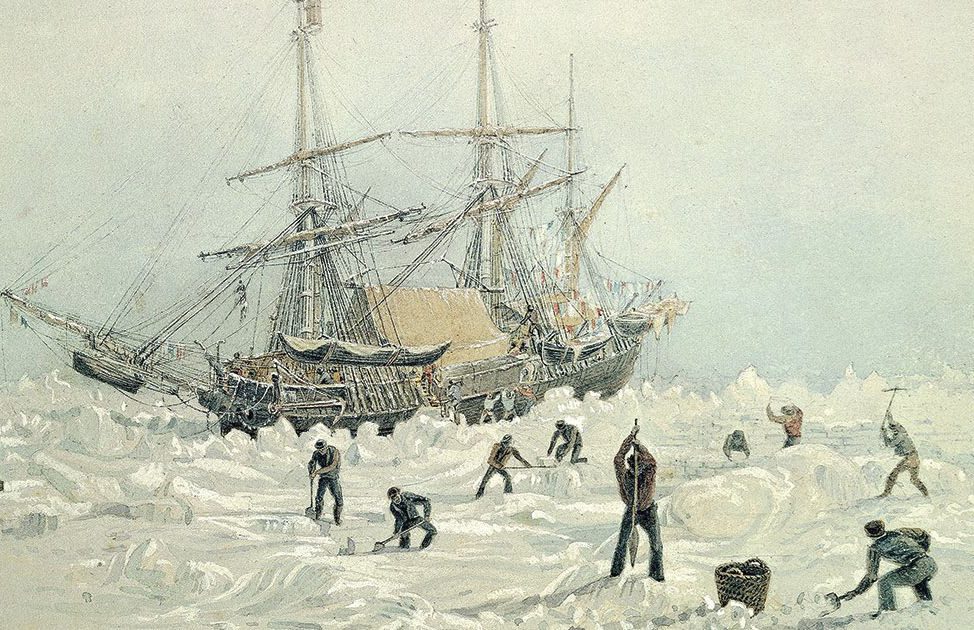
HMS Terror wreck found – but what happened to her doomed crew? Here’s the science
It remains one of history’s best-known naval tragedies – and mysteries. The loss of all 129 men of the 1845 Royal Navy expedition led by Captain Sir John Franklin to navigate a north-west passage through the Arctic remains an enigma. The only informative document to be recovered from the expedition was a single page that reported initial […]

General History Quiz 179
1. In 2005 Hurricane Katrina devastated New Orleans. How many people were killed in the storm?
Try the full 10 question quiz.
The text of this article was commissioned by History Guild as part of our work to improve historical literacy. If you would like to reproduce it please get in touch via this form.

